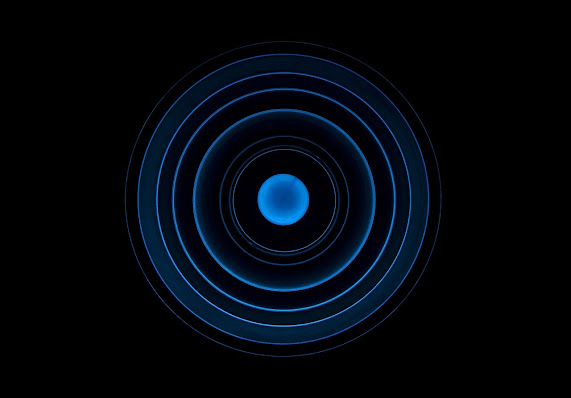What is Riemannian geometry?
Riemannian geometry is a branch of differential geometry that examines Riemannian manifolds, smooth manifolds with a Riemannian metric, that is, smooth manifolds having an inner product on the tangent space at each point that varies smoothly from point to point. This yields local ideas of angle, curve length, surface area, and volume, among other things. By combining local contributions, certain other global quantities can be obtained.
Introduction to Riemannian manifold
In differential geometry, a Riemannian manifold of Riemannian space (M, g) is a real, smooth manifold M equipped with a positive-definite inner product gp on the tangent space TpM at each point p.
Many effective field theories explaining gravity do not come from an underlying theory based on Riemann geometry or its expansions to incorporate torsion and non-metricity, but rather from another geometry or a non-geometric foundation. For a large class of such theories, the Lagrange density is examined. When fermions linked to gravity are linearized against a Minkowski backdrop, words representing minor departures from Lorentz invariance and gravitational gauge invariance are discovered. In the fermion momentum, the equivalent non-relativistic hamiltonian is obtained at second order.
The consequences of anomalous spin-gravity couplings for laboratory experiments and astrophysical observations involving fermions are investigated. Existing data from measurements at different potentials, comparisons of gravitational accelerations, interferometric techniques, and examinations of gravitational bound states are used to derive first limits on certain coefficients. Future experimental study possibilities are mentioned.
Reference: arXiv.org > gr-qc > arXiv:2106.11293
Xiv.org > gr-qc > arXiv:2106.11293
